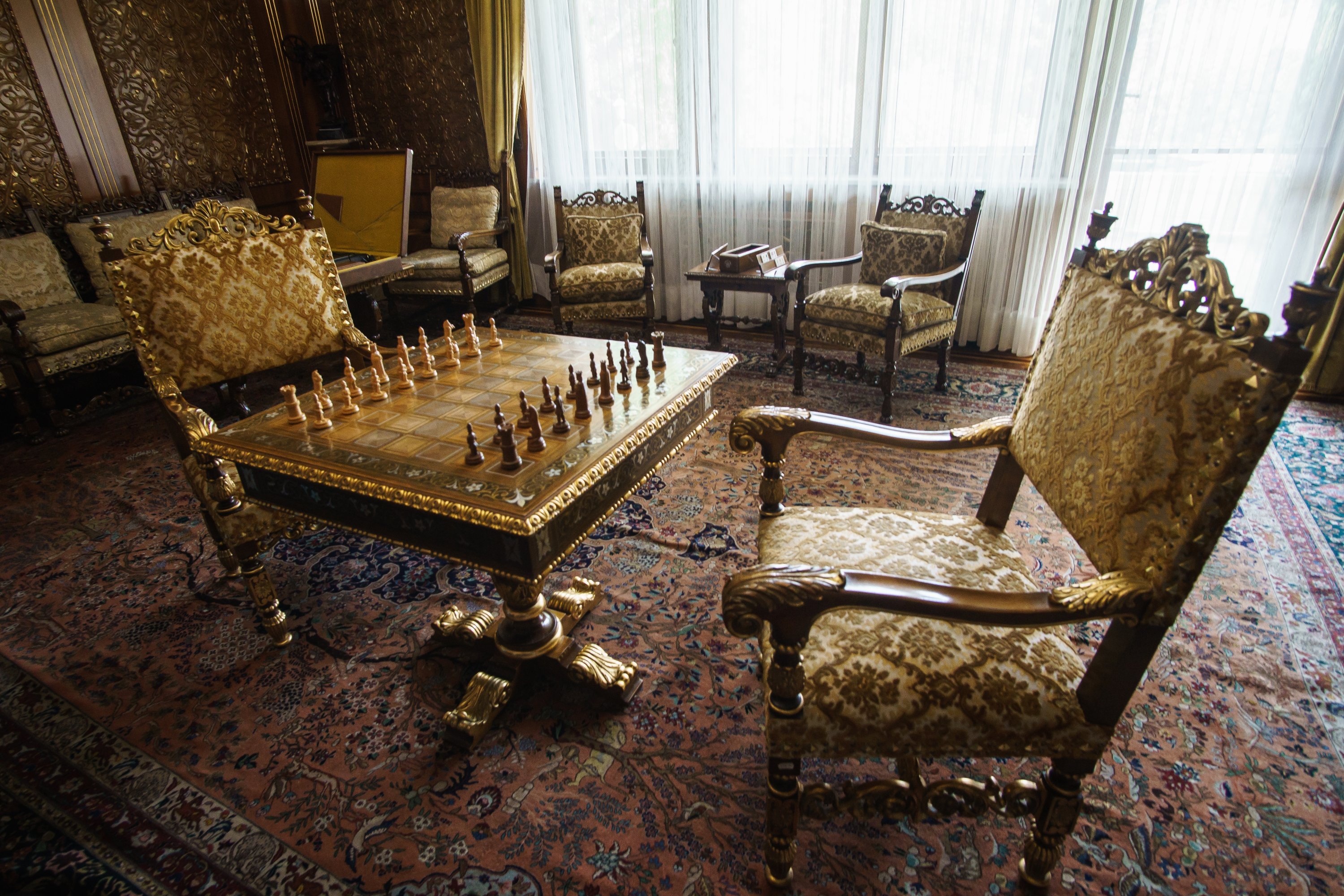© Turkuvaz Haberleşme ve Yayıncılık 2026
How do you describe Miraculous Bucharest? Is it a metropolis filled with contradictions, an enigmatic city, or a place of peculiarities? All these descriptions are apt, yet they somehow fall short.
You can go strolling along loud boulevards, past the splendid art-deco apartment buildings and hotels, and past communist-era housing complexes. Small flower shops on the huge intersections add a touch of color to the ochre-gray city. Atop a brutal high-rise is a sign: "Technoimport." A club? No, an apartment house with a store.
Many corners in Bucharest appear unfinished as if abandoned halfway through. For example, you can simply walk into a city palace, past a sleeping guard. Inside, there are tables with white tablecloths. But not a single guest. You ask yourself, what kind of place is this?
Next to the St. Joseph Cathedral, towering above it is Cathedral Plaza – 19 stories, 75 meters tall. A court has ruled that the construction of the tower in 2011 was illegal and has ordered it to be torn down. But nobody seems to consider it their responsibility. And so the tower just still stands there, unused.
On a recent summer visit, Bucharest is wrapped in a continental heat that makes you somewhat drowsy, but somehow pleasant. Air conditioners cling to the houses like caterpillars. Only the cars are speeding down the streets.
In the old city center, a cafe of a large coffee franchise is closed – in the middle of the day. But the back courtyards are an oasis of calm. You sit beneath trees away from the city traffic and spend the morning enjoying some cake and soft drinks. In Bucharest, this seems to have fewer consequences than in other major European cities.
It's said that Bucharest is underestimated, a kind of hidden paradise. Is this true? In a tourism sense, no. Prague and Budapest are no doubt prettier. It's fair to say this frail, run-down city exerts its own charm if something of a cliché.
What is it about the so difficult-to-explain charm of this city? Could it be because it has not given itself up to over-tourism, the kind that inflates visitor numbers and the prices in the restaurants? Or, that as an out-of-town guest, you are not yet part of a shifting mass of the city marketing? That you can simply let yourself drift without constantly worrying that you're missing something? In Bucharest, no world-class "must-see" sights are waiting for you.
Naturally, Bucharest is not without its attractions. The Ateneul Roman is a magnificent concert hall dating back to the Belle Epoque period when the city was dubbed the "Paris of the East." Fitting into this setting is the Arcul de Triumf north of the city centre which was inaugurated in its present appearance in 1936, inspired by the Arc de Triomphe in Paris. There is also the National Museum of Art and exhibition spaces such as the Storck Museum located in the former residence of the artist couple Frederic Storck and Cecilia Cutescu-Storck.
In the entertainment and Old Town district of Lipscani, it's well worth visiting the book store Cartureşti Carusel, premises which previously had been a bank and later a general store. The historic landmark restaurant Manuc's Inn draws many tourists with its interior courtyard, but perhaps you should think about eating elsewhere. The "most Instagrammable spot" is the Pasajul Victoriei, an alley covered by colorful umbrellas hanging overhead. Well, okay.

Bucharest's most important sights, however, are linked to a dictator, Nicolae Ceauşescu (1918-1989), a man who put his stamp on the city like no other in a chapter of ruthless communist rule that brutally suppressed the Romanian population. After a devastating earthquake in 1977, Ceauşescu saw his chance: He had large areas of the historic old city center razed in order to replace them with a new center of monumental proportions. Delusions of grandeur, say some. Strategic calculations say some historians.
Ceauşescu ordered the construction of one of the largest buildings on the planet. Some 700 architects and 20,000 construction workers were put to work to build the Palace of Parliament – a 330,000-square-metre monstrosity of cement, steel, and marble. The dictator gave it the grotesque title "The House of the People."
To this day, the national parliament meets in one part of the complex. Guides lead visitors through stately halls, filled with floors of cherry wood, gold-plated objects, and crystal chandeliers hanging from the ceiling. The largest chandelier is in the Rosetti Hall, a theatre for 600 people, and weighs more than a tonne, tour guide Stefania says.
The luxury that the dictator and his wife Elena enjoyed can be seen in a tour of the Ceaușescu Villa in the affluent northern part of the city. There you encounter floors of mahogany, silken tapestries and Persian carpets, Louis XV-style furniture, Japanese vases and Venetian mosaics, all gifts from heads of state.
In Bucharest you still have time to sit down for a while and take the city's pulse, because the streets are not overcrowded – an exception might be in Lipscani, one of the few tourism areas – and there's no exhausting tourism program awaiting you. Probably this too is something you just imagine.
Like every travel destination, Bucharest is a projection that has more to do with the visitor than the place itself. A young Romanian woman, over a cup of coffee in a cafe, said she was done with Bucharest, and that she had to go somewhere else. You can understand her. As a tourist you have the privilege of staying only briefly and during your stay letting yourself be charmed by this city.
